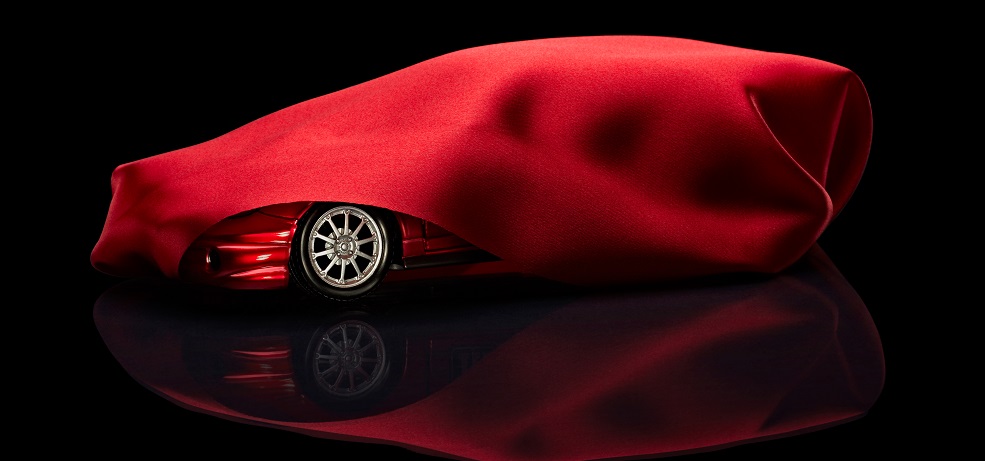
What does CES mean nowadays? Consumer Electronics Show? Futuristic Cars? Autonomous driving? Car Show? I think all of them are correct.
As 2015 showed us, the world is rapidly changing. It was best seen at the CES – Consumer Electronics Show – at the beginning of January. During this event, several well-known car brands made themselves more visible. It seems this was a breakthrough year for the automotive industry; because not just automakers, but also suppliers “treated the event as a de facto auto show”. The industry showed us in the past years that it is once again the drive of innovation. Furthermore it wants to integrate everything into the 4-wheelers to offer a better driving experience. Of course these cars are not the cheapest ones, but surely the most advanced – in concept at least.
FFZERO1
Faraday Future made a great debut with the FFZERO1, the car that might become the new love of the fans. Batman all over again from the 1990’s, just redesigned with much more gadgets. This car will be – according to the FF’s promises – the ultimate one that will be able to allow autonomous driving, have more than 1000 horsepower with a top speed of more than 200 mph (320 km/h) and the list goes on. However, this car still belongs to the future and the company promises that within a couple of years they will be able to produce the first model.
BUDD-e
Despite the scandal against Volkswagen the company still decided to show off in the Show with a new concept called BUDD-e. Not a bad move at all. This car again wants to make the user experience more enjoyable just like FF. According to the concept, the BUDD-e will be able to recharge its batteries to 80 percent within 15 minutes. Again, not bad. Currently Tesla’s Supercharger is able to recharge to about 50 percent in 20 minutes.
Interactive gadgets
Of course CES wasn’t only about concept cars, but about which direction the automotive industry will head in the future. There are already many initiatives on crowdsourcing information “about traffic, parking, and road hazards to make the trip as stress-free and short as possible”. The interactive dashboards, full-connectivity to the Internet and applications from your phone can improve the driving experience. Personally I look forward to it and to the green way these companies started to think, finally. Especially GM’s ride-sharing service Lyft.
The question is, does that mean that within a decade we will be more likely to buy an electric or still a traditional vehicle? How fast these changes will be?
Author: Anita @AnitaKocsis910
Anita is an employee of Bare International. Besides her work
at the Social Media and Recruitment team, she loves doing yoga,
travelling and reading. Her love for the automotive industry came
from the passion for innovations and technology. She has a master’s
degree in International Economics and Business.
Interested in becoming an Automotive Evaluator with BARE International?
[maxbutton id=”9″]
Want to be a guest blogger for BARE’s Automotive community We Are Cars?
Apply to: akocsis@bareinternational.com


 Author: Benjamin Brodbeck
Author: Benjamin Brodbeck